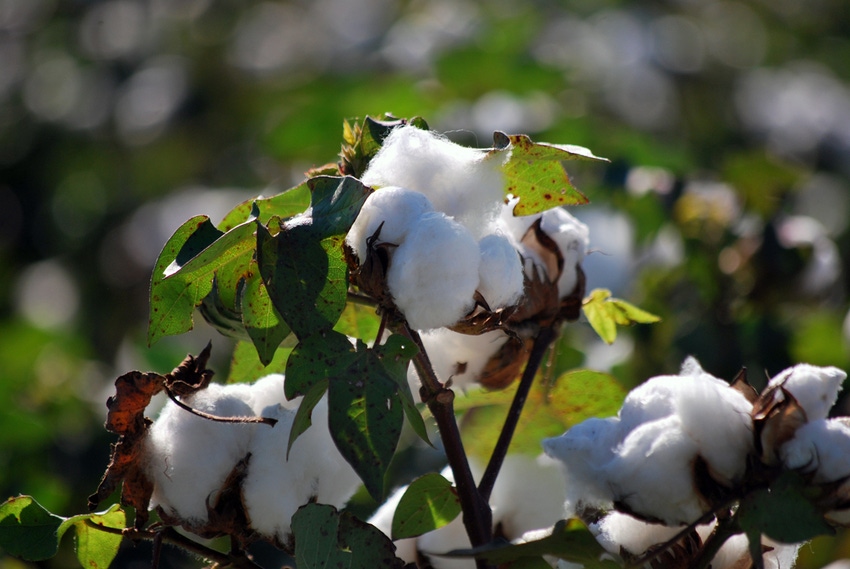
Just as a successful investor has a diversified stock portfolio, a successful cotton farmer plants a diversity of cotton varieties.
So advises Guy Collins, North Carolina State University Extension cotton specialist, who urges cotton farmers to plant three or four varieties. “You’ll never hear me say that a grower should plant one variety across the board,” Collins said.
“Every variety has a strength; every variety has a weakness. If you plant one variety all across the board in every single field, you’re going to find those strengths and weaknesses real fast,” Collins said.

Guy Collins
Speaking at the North Carolina Agricultural Consultants Association 2015 Fall Convention Dec. 3 in Raleigh, Collins noted that improper variety selection in 2015 could have cost North Carolina cotton farmers anywhere from $30 million on the low end to nearly $70 million on the high end, based on roughly 380,000 cotton acres harvested statewide in 2015.
Making a large error in variety selection could cost from $103 to $184 per acre, according to research conducted by Collins. “Averaged over 11 trails, that is $142 per acre, which is quite substantial. That’s more than you would be spending on weed control all year if you do it right,” Collins said.
A small degree of error in variety selection could cost farmers $78 to $150 per acre, which is also substantial and still above $100 per acre.
“This decision is really one of the most important decisions our producers can make. It sets the genetic yield potential the day that seed goes in the ground. From that point on, it’s left to the environment and management to capture that yield potential,” Collins said.
When considering varieties, farmers need to understand their yield limiting factors, according to Collins. Water is the most important yield limiting factor, but other yield limiting factors include nematodes, weed control and plant growth.
“Be very cautious with field by field observations,” Collins advised. “Every variety can perform well or poorly. Yield is influenced by small variations in the environment. Evaluate varieties under the same conditions.”
Through it all, stability is still the best predictor of how a variety is going to do in a number of situations and environments, Collins emphasized. “How consistently it performs at or near the top is really the best predictor for how it’s going to do in a number of situations across the board,” Collins said.
“Any variety can win or lose a trial. No variety wins them all. How frequently a variety performs at or near the top determines stability,” he added.
Stability is determined by how a variety performs across soils, weather and rainfall patterns, planting dates, grower management practices and other factors, according to Collins.
“Varieties that perform close to the top or at the top over and over and over, that’s a good indicator that they can handle all kinds of different stresses, drought stress, performance in different soil types, planting dates and the way the grower manages it,” Collins said.
About the Author(s)
You May Also Like






